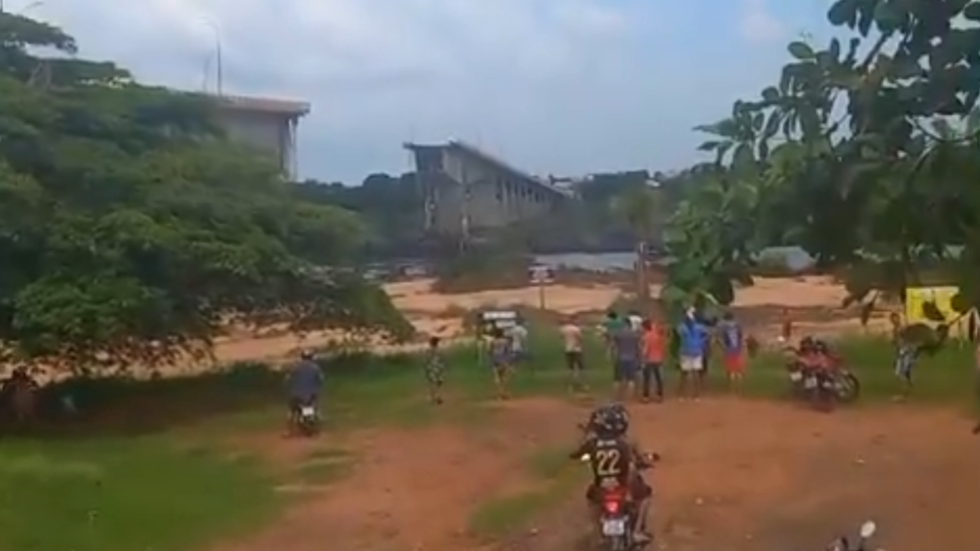On December 22, 2024, a tragic incident in Brazil unfolded when a bridge, known as the Juscelino Kubitschek de Oliveira Bridge, collapsed into the Tocantins River. The unfortunate event occurred while multiple vehicles, including cars and two trucks, crossed the bridge. The collapse resulted in at least two confirmed fatalities—a 25-year-old woman and a 42-year-old man—and several others remain missing, with local reports indicating that at least eight individuals are unaccounted for. Rescue efforts faced significant challenges as a truck carrying sulfuric acid plunged into the river, leading to concerns about potential environmental hazards created by the chemical leak. Divers could not be deployed immediately due to the unsafe conditions, necessitating the use of boats for search operations instead.
The bridge, which spanned 550 meters, connected the cities of Estreito in Maranhão and Aguiarnópolis in Tocantins, and its collapse has created a critical disruption in transportation along the BR-226 highway. This route is important as it links Brasília to Belém, the site of the upcoming United Nations Climate Change Conference. Citing structural concerns, authorities had previously reviewed the bridge’s condition, which had exhibited signs of deterioration. In fact, a local deputy inadvertently captured footage of the collapse while inspecting the bridge for its increasingly severe cracks, a situation he had mentioned would soon result in a disaster.
While the exact cause of the collapse is still under investigation, early reports indicate that the failure likely resulted from structural weaknesses compounded by the simultaneous crossing of several heavy trucks. The National Department of Transport Infrastructure (DNIT) stated that the central span of the bridge—measuring 533 meters long—gave way, causing the vehicles to plunge into the river, which reaches depths of over 50 meters. The nature of the cargo, in particular the sulfuric acid, has raised alarm about the potential environmental impact and has led to heightened caution in rescue operations.
In the immediate aftermath, rescue efforts were briefly halted as safety protocols were enacted to mitigate the risks posed by the leaking acid from the overturned truck. Authorities focused on preventing further environmental damage before resuming search operations. Rescue teams from the Military Firefighters Corps were redirected to utilize boats for their search as they scoured the waters for missing individuals. The incident serves as a grim reminder of the safety hazards existing in many critical infrastructure components, particularly those that show signs of aging and deterioration.
Following the bridge collapse, there has been a complete closure of the road, significantly impacting transportation in the region. The DNIT has initiated alternative routes for travelers, yet the disruption is significant and highlights vulnerabilities in Brazil’s infrastructure network. The collapse has raised broader concerns about maintenance practices regarding aging bridges and the potential consequences of overlooking safety measures designed to protect both human life and environmental safety.
As the community grapples with the aftermath of this tragic incident, the Brazilian government will likely face increased scrutiny regarding their infrastructure management and disaster preparedness. Investigations are expected to reveal vital lessons on the condition of public works and the urgent need for upgrades to prevent such catastrophes in the future. Families of victims and the general populace will seek accountability and assurances that measures will be put in place to enhance safety in transport infrastructure throughout Brazil, to prevent similar tragedies from occurring again.

